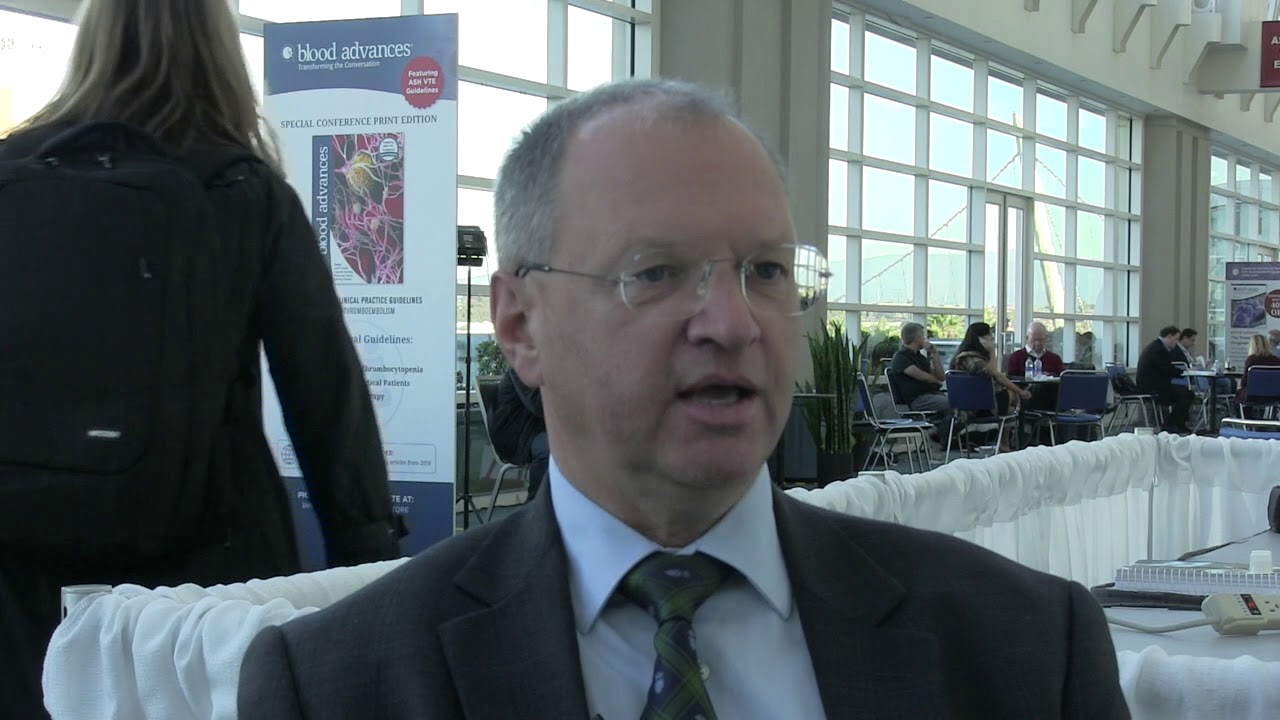A vaso-occlusive crisis, or sickle cell crisis, is a common and painful complication of sickle cell disease (SCD). The acute episodes of severe pain are the primary reason patients with SCD seek medical care in hospital emergency departments, and they are the leading cause for hospitalizations in this patient population. Opioid analgesics have been crucial for treating SCD pain, but abuse of opioids leading to overdoses and deaths in the United States has led to an opioid epidemic—and increased scrutiny on the drugs.
Researchers at Boston University School of Medicine and Boston Medical Center, and the Vanderbilt University Medical Center, sought to examine trends in hospitalization rates and in-hospital mortality rates among adults with SCD since the start of the opioid epidemic, which they defined as the year 2000. They also compared in-hospital mortality rates for SCD with the rates of opioid-related deaths in the general population since 2000.
The team used data from the National Inpatient Sample from 1998 through 2013. Applying discharge diagnoses codes, they identified patients with SCD and examined hospitalization and in-hospital mortality rates and trends for the entire sample of SCD patients. They also examined those aspects by age group: 0–17 years, 18–44 years, 45–64 years, and 65 years or older. Then the researchers explored broader population-based hospitalization rates and in-hospital mortality trends according to U.S Census Bureau regions.
During the time period studied, SCD patients in the United States had 1,755,220 hospitalizations. The researchers noted that the overall SCD hospitalization rate declined 9.9% annually from 1998 to 2002, but they found no trend from 2002 to 2013. When the team analyzed trends by age group, they found that young adults (18–44 years old) with SCD had a significant annual increase in hospitalizations (3.8% annually). SCD patients 65 years or older also had an annual increase in hospitalization rates (6.5% annually). By region, only SCD patients in the South experienced a significant increase in hospitalization rates (3.5% annually).
Notably, the team found no significant increases in mortality while SCD patients were in the hospital. Lead author Oladimeji Akinola Akinboro, MBBS, and colleagues contrasted this with a 350% increase in non-SCD opioid prescription–related deaths in the United States during the same time period.
The authors concluded that hospitalization rates are rising among most adults with SCD. They called for further research to elucidate the reasons for the increase, but they postulated that the finding might be due to fragmented care in SCD and more age-related pain, comorbidities, and complications as patients with SCD live longer.
Importantly, they added, the study found no increase in mortality while patients with SCD were in the hospital, suggesting that the rate of opioid-related deaths in SCD is low and supporting the use of opioids for pain control in this population.







 © 2025 Mashup Media, LLC, a Formedics Property. All Rights Reserved.
© 2025 Mashup Media, LLC, a Formedics Property. All Rights Reserved.